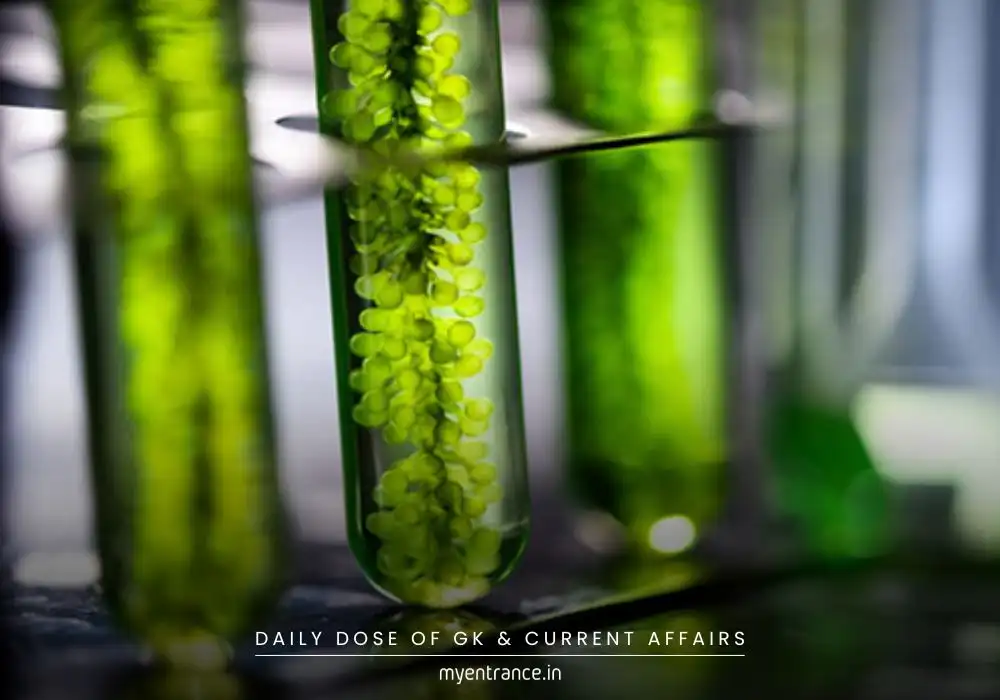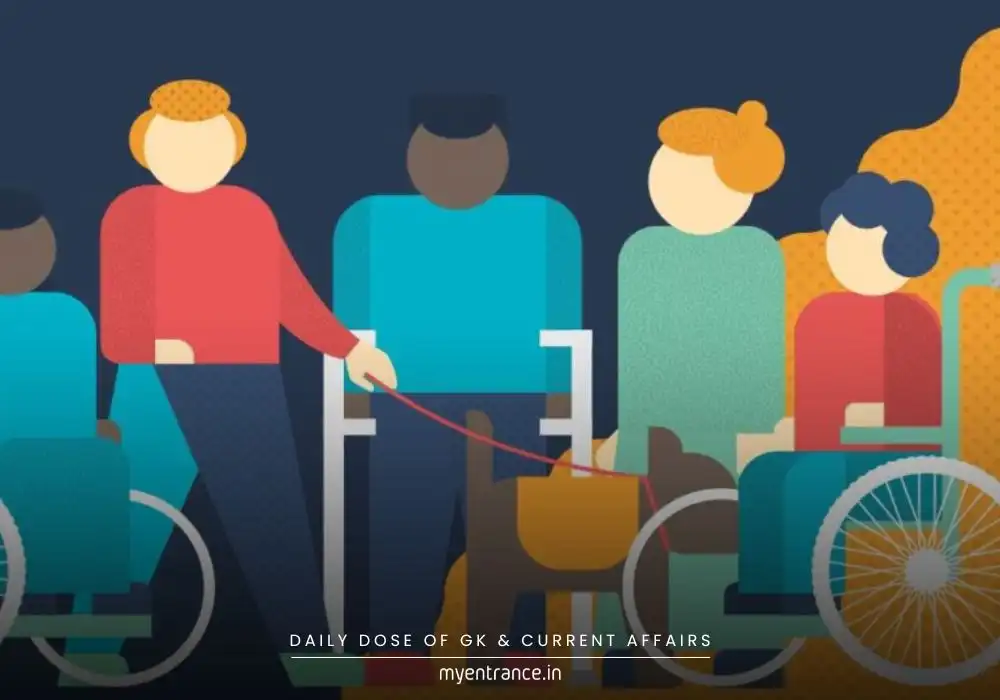Translate Language
Is Biofuel the Future of Clean Energy? Exploring Pros, Cons, and Key Facts
Biofuels, especially bioethanol, are gaining traction as a renewable energy source to reduce fossil fuel dependence. However, debates continue over their impact on food security and the environment. Let’s explore the key aspects of biofuels and their significance.

Biofuels: A Sustainable Energy Alternative?
As the world shifts toward renewable energy, biofuels—particularly bioethanol—have emerged as a promising alternative to fossil fuels. Made from sugarcane, corn, rice, and other crops, bioethanol offers a cleaner energy solution. However, its production raises concerns about food security and environmental sustainability.
Biomass and the Carbon Cycle
Around 250 gigatonnes (Gt) of organic material circulate through the biosphere annually, with 100 Gt being carbon.
Photosynthesis captures 2 × 10²¹ Joules of solar energy yearly, balancing carbon absorption and release.
Unlike fossil fuels, biofuels use existing carbon flux, avoiding additional greenhouse gas emissions.
Types of Biofuels
Thermochemical – Uses heat to convert biomass into energy.
Biochemical – Involves microbial fermentation (e.g., ethanol).
Agrochemical – Derived from agricultural waste.
Ethanol Production & Challenges
First-generation biofuels (from food crops) risk food shortages.
Second-generation biofuels (from agricultural waste) face high processing costs.
Cellulose breakdown is slow and requires costly pretreatment.
Ethanol as Fuel: Pros & Cons
✅ Advantages:
Reduces greenhouse gas emissions.
Can be blended with petrol (E5, E10, E15).
Provides smoother engine performance.
❌ Disadvantages:
May compete with food crops.
Requires large water resources.
Can lead to deforestation and biodiversity loss.
India’s Role in Biofuel Production
India produces over 1 billion gallons of ethanol annually.
The government aims for 20% ethanol blending in fuels.
Sugarcane and rice are key sources, but concerns over food security persist.
Environmental Concerns
Deforestation for energy crops (e.g., Amazon rainforest).
Nitrous oxide (N₂O) emissions from fertilizers.
Water scarcity due to high irrigation demands.
Sample Questions & Answers for Competitive Exams
1. How does bioethanol help reduce fossil fuel dependence?
Bioethanol is a renewable fuel made from crops like sugarcane and corn, offering a cleaner alternative to petrol and diesel.
2. What are the three main categories of biomass fuels?
Thermochemical, biochemical, and agrochemical.
3. Why do some experts oppose first-generation biofuels?
They divert food crops (like corn and rice) to fuel production, risking food shortages in poorer nations.
4. How does biomass energy impact developing countries?
While it provides accessible energy, overuse can lead to deforestation and soil degradation.
5. What are the environmental risks of biofuel expansion?
Deforestation, water depletion, and increased greenhouse gas emissions from land-use changes.
Why is This Important for Exams?
UPSC/SSC/PSC: Questions on renewable energy, biofuels, and sustainable development are common.
NID/NIFT: Environmental policies and green energy trends may appear in GK sections.
KAS/State PSCs: Agriculture, energy security, and climate change are key topics.
Understanding biofuels helps in answering questions on environmental science, energy policies, and economic impacts—making it crucial for competitive exams.
Get 3 Months Free Access for SSC, PSC, NIFT & NID
Boost your exam prep!
Use offer code WELCOME28 to get 3 months free subscription. Start preparing today!















